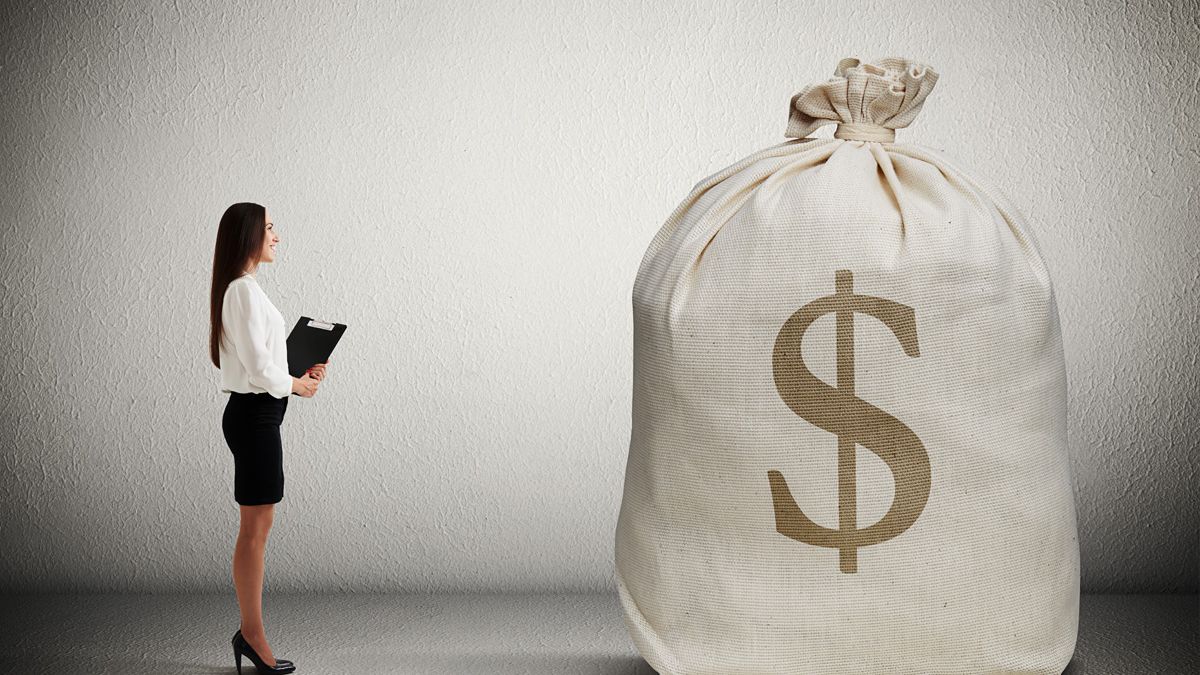They clarified that the wage gap, “although it is a volatile indicator in the face of contextual factors, never broke the 20% floor.”
To this situation is added that even today seven out of 10 people who take care of household chores are women: the time dedicated to domestic tasks and unpaid care.
“They seem separate phenomena but this day of worked free service within households becomes the fundamental difference that sustains and reproduces disparities in the labor market,” they stressed.
According to Ecofeminita, last year the average monthly income of women was $39,400 and that of men $53,200; for which they conclude that “on average women earned $165,600 less than men, the equivalent of more than five minimum, vital and mobile wages.”
gender inequality.jpg
In a hypothetical scenario, this would imply that men could not work for three months and four days and only then would they equal what they earn compared to women, as indicated.
Raised the inequality, the association identified the public policies that “help to reduce this disparity”, and mentioned among them the regulation of article 179 of the Law employment contractwhich guarantees care spaces or reimbursement for the cost thereof for early childhood (between 45 days and three years) in work spaces with more than 100 workers.
“It is a good example of public policy that, by reducing the burden of care that falls today on families, and within them, mainly on women, has positive impacts on reducing the wage gap,” they stated in a publication made today. .
However, they indicated that the measure does not reach the universe of workers, so that those who “are outside” of the private employment contract law, and those who “work in spaces that do not reach that number of workers, need policies of comprehensive care”.
In this regard, they indicated that in Argentina 36% of salaried women do not have a retirement discount, a percentage that among men stands at 30%.
They pointed out that in cases of labor informality, the wage gap amounts to 38.5%; for which “the women belonging to this fragment have to work five and a half months more to match the salary of their peers.”
They also noted that among the informal workerswhich represent more than a third of the total, private house workers they have the highest rates of precariousness and the lowest salaries in the economy, since approximately 70% of them do not have paid vacations, do not receive bonuses or payment in case of illness, and do not have health coverage through social work.
The report carried out by EcoFemiData on this sector revealed that 85.9% of those who work for pay in private homes perform domestic and care work also at home, without pay.
Half of them, according to the report, are the main economic support of the household.
Regarding pensions for this group, they positively valued “social security moratoriums”, although they indicated that in the “universe of retirees” a “gap of 17% is observed: a reflection of inequalities in active age”.
Source: Ambito
David William is a talented author who has made a name for himself in the world of writing. He is a professional author who writes on a wide range of topics, from general interest to opinion news. David is currently working as a writer at 24 hours worlds where he brings his unique perspective and in-depth research to his articles, making them both informative and engaging.




